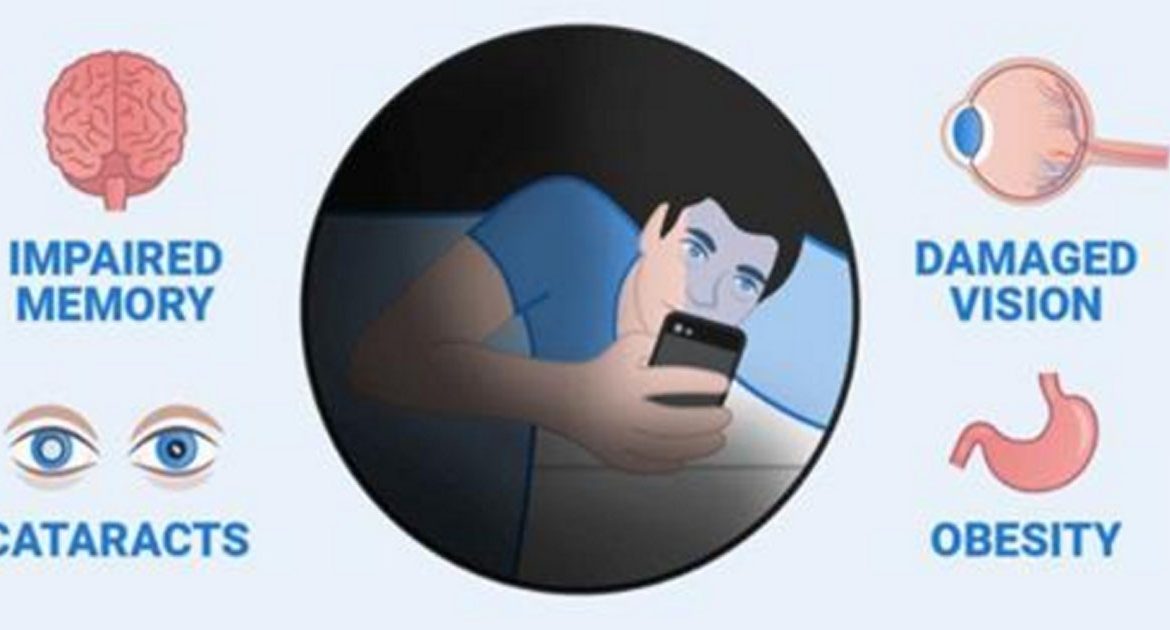There’s something incredibly powerful about the blue lights that the designers of our smartphone, tablet, and laptop screens have been able to create. The lights in these screens glow so bright that we can see them even during a sunny day. At night, they’re bright enough that they’ve been compared to a «little window» that daylight can peer through.
That’s why — hard as it might be to stop — looking at your phone at night is a terrible idea.
Our bodies naturally follow a cycle that helps us stay awake and alert during the day and helps us get essential rest at night. But when we look at these screens as we’re getting ready for sleep, our brains get confused. That light has a similar effect to the sight of the morning sun, which causes the brain to stop producing melatonin, a hormone that gives your body «time to sleep» cues. By disrupting melatonin production, smartphone light can disrupt your sleep cycle like an artificially induced sort of jet lag. This makes it harder to fall and stay asleep — and potentially causes serious health problems along the way.
Here’s how it works:

To combat this problem, app designers have created programs like f.lux and Apple’s Night Shift mode for iPhones, both of which adjust the light tones emitted by screens to remove bright blue light from the display at certain times of day. Many users swear by the effects of these apps and the orange tint they create does feel less harsh on the eyes. But while there’s some research indicating that the dimmer light may improve sleep, more study is needed on the topic in general.
And even if there is some improvement, many of the other things we do with our phones are also not conducive to sleep. If you’re trying to get ready for bed and a late night work email pops up, that might wreck your sleep even more than shutting down your melatonin production might.
If you can bring yourself to do it, your best bet is probably to steer clear of screens in general before you fall asleep — try to keep them out of your bed, at least.






